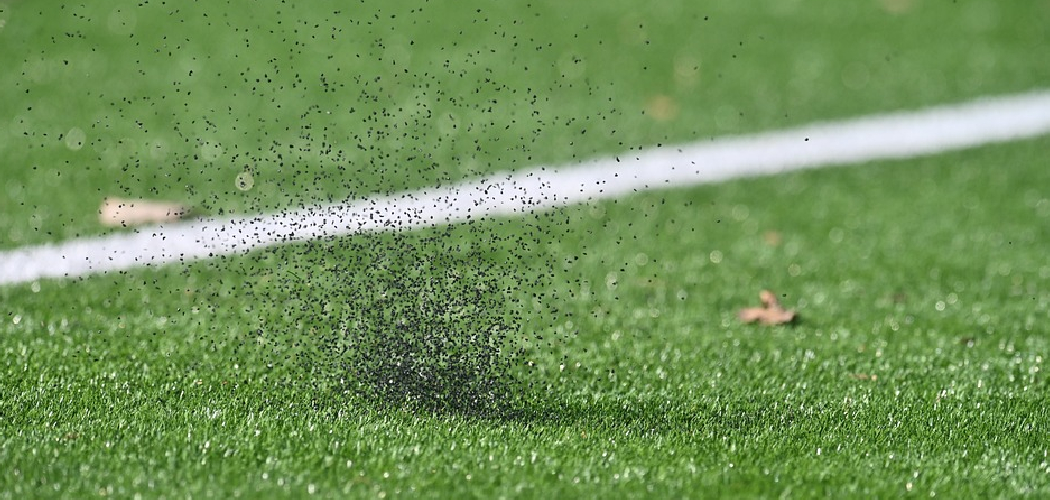Are you trying to create a beautiful outdoor space with lush green turf? If so, you may be wondering how best to prepare the ground for this important job. After all, laying down turf is no small feat and requires precise steps to ensure success. Starting from scratch can seem daunting if you don’t know where to begin. With the right steps, however, preparing and installing the turf is easy and rewarding!
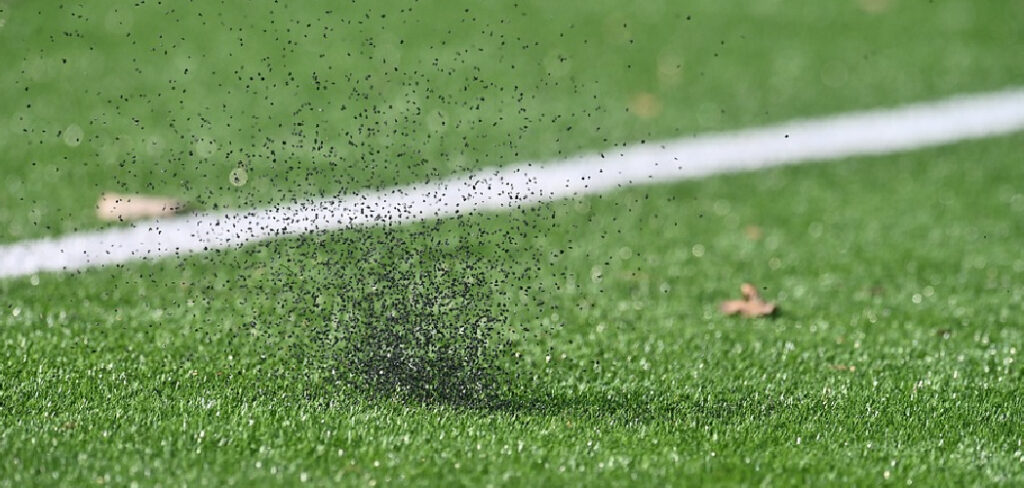
Don’t worry – this blog post will provide you with step-by-step instructions on how to prepare ground for turf and make sure it’s ready for your new turf!
Read on for insightful tips on choosing and prepping soil, adding mulch or composting materials, and more as we cover all of the necessary preparation when readying yourself for putting down turf.
What are the Benefits of Turf Installation?
Before we get into the details about preparing the soil for turf installation, let’s look at some of the benefits of a professionally-installed turf lawn. A professionally-installed turf lawn can provide you with the following:
- An attractive, inviting atmosphere
- Low maintenance and easy upkeep
- Pest-free lawn
- Soft, durable surface for a variety of activities
- A long-lasting lawn that can last up to 10 years with proper care
Now that we’ve established the reasons behind installing turf, let’s move on to how best to prepare the ground for it.
What Will You Need?
Before you begin preparing the ground for turf, make sure you have all of the necessary materials. Here’s what you will need:
- Turf cutter or rotavator to cut and remove existing grass
- Wheelbarrow for moving soil and debris
- Rake to level out the surface area
- Compost, manure, or mulch to add nutrients to the soil
- Leveling tools such as a spirit level and string line
- Weed killer spray for existing weeds
- Topsoil for filling in any dips or holes in the ground
Once you have gathered all of your materials, you’re ready to begin prepping your ground for turf! Read on for detailed instructions about each step of the process.
10 Easy Steps on How to Prepare Ground for Turf
Step 1: Remove Existing Grass
The first step is to remove existing grass from your lawn area with either a turf cutter or rotavator – whichever tool you feel more comfortable using. This will prepare a clean surface that’s ready to have the turf installed. If you’re using a turf cutter, make sure to cut the existing grass into small pieces and then remove it.
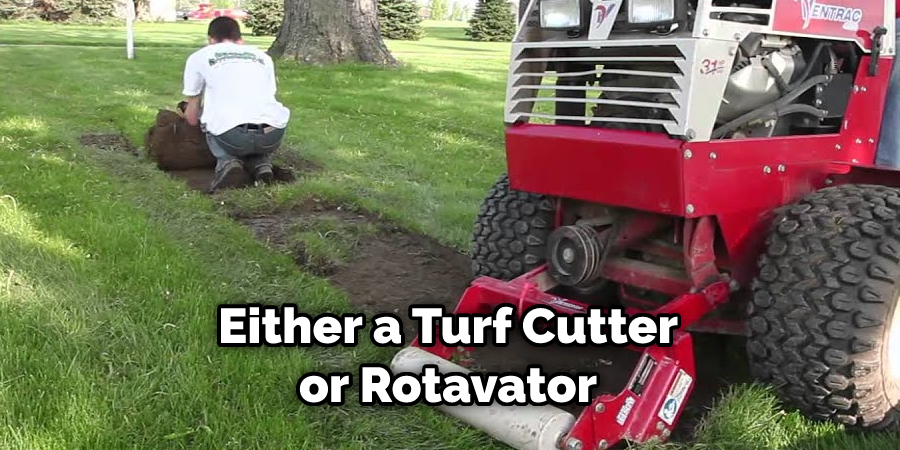
Step 2: Remove Debris
Once you’ve removed the grass, use a rake to remove any remaining debris and stones. This will help create a flattened surface as well as make it easier for turf to be laid down evenly. Don’t forget to check for roots or other materials that are buried in the ground.
Step 3: Level Out the Ground
Using a spirit level and string line, check and adjust the ground so that it is level in all directions. If there are any dips or holes in the ground, fill them with topsoil until they are even in the surrounding area. Try to ensure the ground is even along all sides and that there are no bumps or ridges.
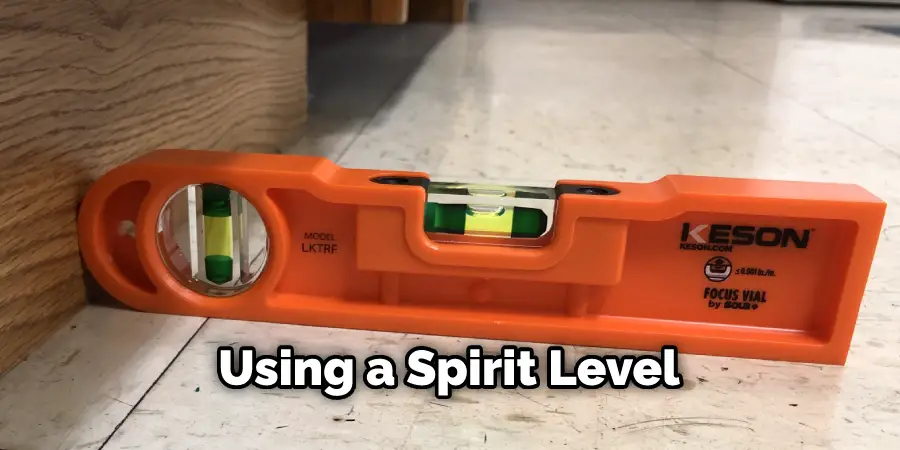
Step 4: Add Nutrients
Spread compost or manure across the soil to add extra nutrients. Adding these organic materials will help ensure that your turf has all the necessary nutrients to stay healthy and green. You can also add a layer of mulch if you’d like, but this isn’t necessary.
Step 5: Rake
Rake over your soil, making sure it’s level and all debris has been removed. This will help create a smooth surface to lay down turf. Additionally, make sure to check for any bumps or humps in the soil and adjust accordingly.
Step 6: Spray Weed Killer
Spray a weed killer on any existing weeds in the area. This will ensure that you don’t have any pesky weeds sprouting up as soon as you lay down your turf. If you’d like to be extra cautious, you can also spread a layer of weed control fabric over the soil before laying down your turf.
Step 7: Water
Water your newly flattened, nutrient-filled soil. This will help compact it and make it easier for you to install your turf later on. Moreover, it’s important to ensure that the soil is moist and not too wet, as this could cause drainage issues later on.
Step 8: Add Mulch or Composting Material
Add a layer of mulch or composting material to the soil. This will help keep it moist and prevent weeds from growing through the turf later on. Be careful not to add too much, as this could cause drainage issues.
Step 9: Compact Soil
Use a lawn roller to compact your soil, making sure that it is even and flat. This is an important step as it will ensure that all areas are level before placing your turf down. Ensure that the soil is firmly packed down and that there are no bumps or humps in the area.
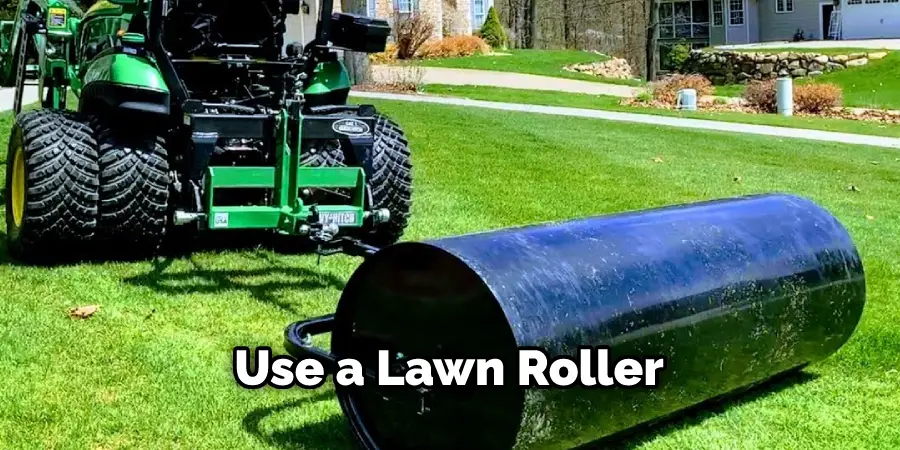
Step 10: Lay Down Turf
Now that all of your preparations are complete, you’re ready to lay down your turf! Follow the instructions provided with your turf and carefully unroll it in sections over the entire area until you have finished laying down the turf. Ensure there are no gaps between the turf pieces and that they are flat and even.
By following these instructions, you can be sure your turf will stay healthy and green for years. Keep in mind that if you need further assistance or advice on prepping your soil for turf, always consult a professional specializing in landscape design. They can provide additional insight and help ensure everything is done correctly. With their expertise, you’ll be able to get the perfect lawn area in no time!
5 Additional Tips and Tricks
- Remove large stones and debris from the soil before laying the turf.
- Use a rake to level out bumps, hollows, and lumps in the surface.
- Apply a thin layer of topsoil before rolling out the turf for extra fertility and help the grass stand upright.
- Use a spiked roller filled with sand or water to press down any air pockets and firm up the ground when installing the artificial turf.
- Water your turf regularly after installation to ensure that it settles properly into position and helps it establish strong roots for healthy growth!
Follow these tips, and you’ll be on your way to having a beautiful, lush lawn in no time!
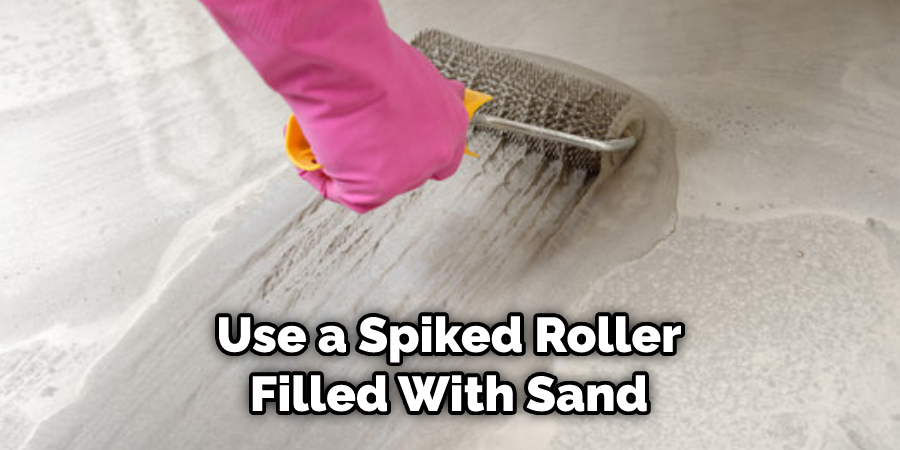
5 Things You Should Avoid
- Don’t use garden soil as a base for your turf, as it can contain weeds and other pests that may harm your new grass.
- Avoid laying the turf directly onto concrete or asphalt, as this will prevent water from draining away and lead to unhealthy turf.
- Don’t compact the soil too much, as this can make it difficult for roots to penetrate, and the turf won’t be able to take up water properly.
- Don’t use a lawn spreader or fertilizer when installing your turf; this can cause uneven growth and create an unsightly finish.
- Avoid laying turf on steep slopes as it may slip and slide down – use other methods such as terracing or retaining walls instead.
These tips will help ensure that your turf is installed correctly and in the best condition possible!
What Should You Put Down Before Laying Turf?
Before laying turf, you should make sure the surface is properly prepared. This includes removing any existing grass or weeds and adding a layer of soil and sand to the top of the ground. You can also use a weed membrane or landscaping fabric to help prevent future weeds from coming through. Finally, sprinkling some fertilizer over the area before laying will boost your new turf! With these steps completed, you’ll be on your way to creating a healthy lawn that will last for years to come!
Good luck with preparing your ground for turf – following these tips will ensure you get the best results possible! Enjoy your beautiful new lawn!
What is the Best Surface to Lay Turf on?
The best surface to lay turf on is a flat, level area that has good drainage. If possible, try to avoid laying the turf directly onto concrete or asphalt, as this can prevent water from draining away properly and cause damage to your new turf.
Additionally, it’s important to ensure the soil is free of weeds, stones, and other debris before installing your turf. With these points in mind, you’ll be able to enjoy a beautiful lawn for years to come!
No matter which surface you choose, following the above tips will ensure that your turf is laid in the best possible way.
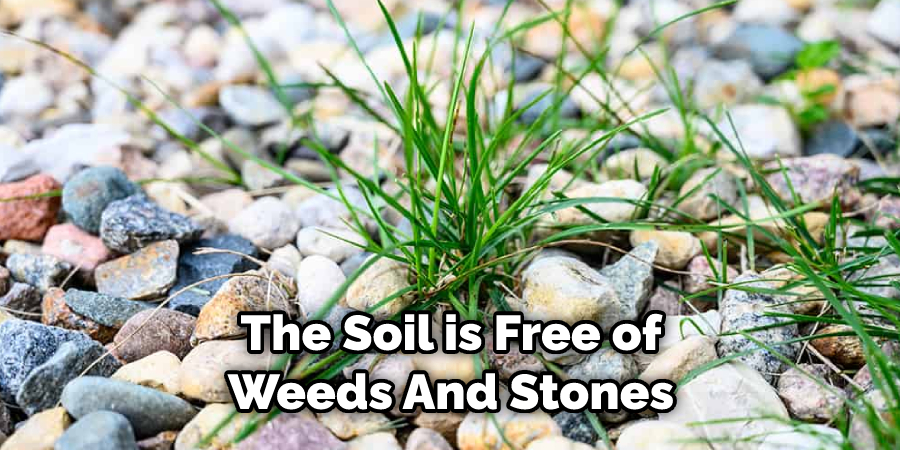
How Thick is Turf?
The thickness of turf can vary, depending on the type of grass you are using. Generally, most types of turf should be around 20-30mm thick when installed properly. If the turf is too thin, it won’t root properly and may not stand up to daily wear and tear. If the turf is too thick, you may have trouble getting it to fit into certain areas, and it could cause drainage issues.
By keeping the thickness in mind, you can ensure that your turf is installed correctly and looks great for years to come!
Conclusion
It is important to remember that turf preparation is vital in creating an ideal grass surface. Planning and following through with the preparation of the ground for turfing are essential steps that must not be neglected. Proper turf preparation will ensure your lawn will keep looking beautiful and healthy when laid, helping promote material sustainability and lasting longevity. With the right knowledge, everyone can prepare their backyard or outdoor area to set up turf– all it takes is dedication and exercising patience.
The great news is that this information can be utilized by novice to experienced gardeners alike as it covers basic principles and more advanced techniques for successful turfing whether you’re planning on transforming a bare patch of land or just adding new life to a tired lawn, put in the work now for long-term satisfaction!
Hopefully, the article on how to prepare ground for turf has provided you with the information you need to get started. Good luck with your turfing project! Happy gardening!

